Looking for:
Avid media composer 8 install free

MIDI notes, velocities, and controllers can be edited directly on the timeline, each MIDI track showing an individual piano roll, or in a specific window, where several MIDI and Instrument tracks can be shown together in a single piano roll with color-coding.
Multiple MIDI controllers for each track can be viewed and edited on different lanes. Video files can be imported to one or more video tracks and organized in multiple playlists. Multiple video files can be edited together and played back in real-time. Video output from one video track is provided in a separate window or can be viewed full screen. It also can show additional controls for the inserted virtual instrument , mic preamp gain, HEAT settings, and the EQ curve of supported plug-ins.
Audio can be routed to and from different outputs and inputs, both physical and internal. Internal routing is achieved using busses and auxiliary tracks; each track can have multiple output assignments. Audio, auxiliary, and Instrument tracks or MIDI tracks routed to a virtual instrument plug-in can be committed to new tracks containing their rendered output.
Virtual instruments can be committed to audio to prepare an arrangement project for mixing; track commit is also used to free up system resources during mixing or when the session is shared with systems not having some plug-ins installed. Multiple tracks can be rendered at a time; it is also possible to render a specific timeline selection and define which range of inserts to render. Similarly, tracks can be frozen with their output rendered at the end of the plug-in chain or at a specific insert of their chain.
Editing is suspended on frozen tracks, but they can subsequently be unfrozen if further adjustments are needed. For example, virtual instruments can be frozen to free up system memory and improve performance while keeping the possibility to unfreeze them to make arrangement changes.
The main mix of the session—or any internal mix bus or output path—can be bounced to disk in real-time if hardware inserts from analog hardware are used, or if any audio or MIDI source is monitored live into the session or offline faster-than-real-time. The selected source can be mixed to mono, stereo, or any other multichannel format.
Multichannel mixdowns can be written as an interleaved audio file or in multiple mono files. Up to 24 sources of up to 10 channels each can be mixed down simultaneously—for example, to deliver audio stems. AAF and OMF sequences embed audio and video files with their metadata; when opened by the destination application, session structure is rebuilt with the original clip placement, edits, and basic track and clip automation. Track contents and any of its properties can be selectively exchanged between Pro Tools sessions with Import Session Data for example, importing audio clips from an external session to a designated track while keeping track settings or importing track inserts while keeping audio clips.
Pro Tools projects can be synchronized to the Avid Cloud and shared with other users on a track-by-track basis. Different users can simultaneously work on the project and upload new tracks or any changes to existing tracks such as audio and MIDI clips, automation, inserted plug-ins, and mixer status or alterations to the project structure such as tempo, meter, or key.
Pro Tools reads embedded metadata in media files to manage multichannel recordings made by field recorders in production sound. All stored metadata such as scene and take numbers, tape or sound roll name, or production comments can be accessed in the Workspace browser.
Analogous audio clips are identified by overlapping longitudinal timecode LTC and by one or more user-defined criteria such as matching file length, file name, or scene and take numbers. An audio segment can be replaced from matching channels for example, to replace audio from a boom microphone with the audio from a lavalier microphone while maintaining edits and fades in the timeline, or any matching channels can be added to new tracks.
Up to twelve Pro Tools Ultimate systems with dedicated hardware can be linked together over an Ethernet network—for example, in multi-user mixing environments where different mix components such as dialog, ADR, effects, and music reside on different systems, or if a larger track count or processing power is needed.
Transport, solo, and mute are controlled by a single system and with a single control surface. Pro Tools software is available in a standard edition informally called “Vanilla” [] providing all the key features for audio mixing and post-production, a complete edition officially called “Ultimate” and known as “HD” between and , which unlocks functionality for advanced workflows and a higher track count.
The starter edition of Pro Tools called “First” was discontinued in In mids, Digidesign started working on a studio device that could replace classic analog consoles and provide integration with Pro Tools. ProControl was the first Digidesign control surface, providing motorized, touch-sensitive faders, an analog control room communication section, and connecting to the host computer via Ethernet.
ProControl could be later expanded by adding up to five fader packs, each providing eight additional fader strips and controls. Control 24 added 5. Command 8 and D-Command were the smaller counterparts of Control 24 and D-Control, connected with the host computer via USB; Venue was a similar system specifically designed for live sound applications.
They were integrated with Pro Tools along with the EuCon protocols. From Wikipedia, the free encyclopedia. Digital audio workstation. For other uses, see Pro Tools disambiguation. Pro Tools List of languages. This section needs to be updated. Please help update this article to reflect recent events or newly available information. May Music portal. Retrieved December 17, July 25, Archived from the original on July 25, Sound on Sound.
Retrieved February 5, Retrieved December 18, Pro Tools Concepts. Mixing to Dolby Atmos. Importing and Exporting Session Data. Avid Blogs. Retrieved May 13, EQ Mag. Archived from the original on October 4, You may install such software on multiple hardware devices, but you may only use the software on one hardware device at a time, and only in connection with your properly authorized hardware key. Free download license. Avid may make certain software available to you free of charge that does not use any of the licensing schemes described in this agreement.
You may download, install, and use such software for your internal business use or your own personal enjoyment subject to any additional terms that apply to the software, but you may not redistribute the software.
Avid Storage Suite Software License. Your use of Storage Suite Software is limited to the storage capacity of your Storage Suite Hardware as configured and provided by Avid. Your use of Storage Suite client software is limited to the number of seats licensed to you by Avid.
For software available on a subscription basis, you may install and use the most current version of the software during the term of your subscription on one or more hardware devices for your internal business use or your personal enjoyment, as permitted by and subject to the restrictions of the relevant license type. Subscription based software requires an Internet connection. Upon expiration of the subscription period or non-payment of the subscription fee, the software may become inactive without notice and will not be reactivated until the subscription is renewed, Avid receives payment, or a new subscription is purchased.
Use of Software on a subscription basis is subject to additional terms and conditions available at www. The software may include certain pictures, animations, sounds, music and video clips for your reuse. You may create your own works based upon these media elements, and copy, modify, distribute, display, and perform your derivative works provided that: 2. You may not sell, license or distribute the media elements by themselves or as part of any collection, product or service whose value is derived solely or primarily from the media elements themselves.
Technical limitations. This software may include technological measures, whether in the software or in bundled hardware or both, that are designed to prevent or detect unlicensed use of the software.
Circumvention of these technological measures is prohibited, except and only to the extent that applicable law expressly permits, despite this limitation. Any attempt to circumvent technical limitations may render the software or certain features unusable or unstable, and may prevent you from updating or upgrading the software. Reverse engineering and copying.
You may not reverse engineer, decompile or disassemble the software, except and only to the extent that applicable law expressly permits, despite this limitation. However, modified software is not covered by your limited warranty. See Section F Exclusions from Warranty for details. You may copy the software only to the extent necessary for backup or archival purposes in support of your use of the software.
You must include all copyright and other legal notices appearing on the software in any copies that you make. No software hosting or rental.
You may not make the software available for others to download, copy or use. You may not use the software or functionality of the software to offer hosted services to the public. You may not rent the software to others. No use in virtual or cloud environments. You may not install, deploy or use the software in a Virtualized Environment except subject to a virtualization license as set forth in Section 1.
No reconfiguration. You may not separate the components contained in the software or otherwise reconfigure the software to circumvent technical limitations on the use of the software or to otherwise exceed the scope of your license.
Academic Use. If the software is designated or specially-priced as an “Academic” or “Education” version, it is licensed only for educational, non-commercial use by students, faculty, and staff of an educational institution.
Evaluation software. Time limits. The software may contain technical measures that automatically disable the software at the end of the time period.
No illegal use. This product is intended for use with content that you own, license, or obtain from the public domain. You may not use this product to violate any law, including copyright laws.
If the software enables creation of musical scores in the Avid Scorch format, such scores may not be distributed for commercial purposes. Internet Access. Subscription software requires an internet connection for activation, validation, and renewal of the Software. The software may become inactive without notice in the event the software cannot access the internet or payment is not received. Fonts may be used solely within the Avid products that include such Fonts. The software is licensed, not sold.
This agreement only gives you certain rights to use the software, which may be revoked if you do not follow these terms. Avid and its suppliers reserve all rights not expressly granted to you in this agreement. The software is protected by copyright and other intellectual property laws and treaties. The first month of the program is dedicated to laying the foundational skills necessary for effective and compelling filmmaking.
It is during this intensive period the first four film exercises are completed. During the second month of the program each student writes, directs, and edits a final film of up to ten minutes. Students have a pre-production period to cast, scout locations, plan their final films and meet with instructors for one-on-one consultation. Cinematography: 8 Total Sessions This course is designed to introduce the student to the art of cinematography enabling the film director to make informed choices.
In addition to introducing the students to the principles of photography as applied to the moving image it will also cover fundamental lighting techniques. They learn how to support the story with appropriate lighting choices. Editing: 9 Total Sessions This area of study presents students with multiple aesthetic approaches to editing video.
Not purely technical this course will also discuss the psychological and emotional effects of editing on the overall story. Open Edit is a time set aside for the students to edit their own footage shot the previous day under the virtual guidance of their Editing instructor. Screenwriting: 10 Total Sessions The Screenwriting portion of the course adheres to the philosophy that good directing cannot occur without a well-written script.
Also included in the course is writing a treatment and logline, developing plot lines, screenplay format, creating believable characters with complete narrative arcs and writing effective dialogue. Screenwriting is not broken down into subcategories. Sound Design: 2 Total Session This film course introduces the student to the world of sound design and sound recording, detailing the process of sound design by providing concepts, technical information, and equipment demonstration.
Once they create a dramatic moment, they concentrate on the dynamics of the shot that will best express it. This project teaches students how the relationship between the subject and the camera creates drama. Each student designs and shoots a scene that has a beginning, middle, and end.
Students will learn to pay close attention to the choice of lenses, camera distances, angles, movement, height and the blocking of subjects. Since the story will be told within one long shot, it must be staged to express as much as possible about the characters and their actions. Continuity Exercise: Continuity is one of the fundamental principles of modern filmmaking.
The action in these films unfolds utilizing a variety of shots 10—15 in a continuous sequence no jumps in time or action. In the Continuity Films, students must produce a clear, visual scene while maintaining the authenticity of the moment. Students write, direct, shoot, edit, and screen a film of up to three minutes. Students must thoroughly pre-plan and complete a series of essential pre-production elements including script, location scouting, shot list, floor plan, and shooting schedule.
Subtext Film: This project challenges students to explore the relationship between dialogue and dramatic action. Students are provided with short dialogue-only scripts with no description of physical detail or action. The student director determines the “who, what, where, when, and why” of the story. Students will learn how these elements determine the meaning of the dialogue and should deepen their understanding of text versus subtext.
When the finished projects are screened in class for critique, students will discover how different directorial interpretations of the same scene reveal the characters and the impact and meaning of the story.
Final Film: This final film of the workshop is more ambitious in scope than the previous exercises. Each student must complete a production book that includes the following: Statement of Objective: Idea of the film and stylistic approach in a concise statement. Scenario: Shooting script, lined script, shot lists, floor plan, shooting schedule and visual strategy guide.
There is one week of post-production in which each student may edit from hours. Students may use sound effects, music, voiceover, and ambient sound to help tell their stories. They apply the lessons learned through editing the first four projects as they utilize the many transition tools, special effects, and sound design options that digital editing allows. There is a group screening during the graduation celebrating all final films.
Apply Now. Program Description In the initial four weeks you will learn about the history and methodology of the advertising industry, commercial genres and many business elements that go into creating a commercial campaign.
Prerequisites – No prerequisites are required nor any prior experience expected. Weekly Breakdown: Week 1: Intro to Commercials The industry, the history, ad agency, client, production company. Practicum: Download 3 commercials – be prepared to speak about what does and does not work for you. Week 2: The Business of Commercials From boards, conference calls, treatments, job awards.
Students will ideate their own commercial spot based in a single genre. Learn about treatments and research. Practicum: Students will pitch with visual treatments their commercial concepts in class to receive feedback from the teacher and other students Weeks Preproduction, Production and Post Individual Spec Commercial Continuation of course sessions and individual consultations with instructors.
The first month also covers booking a commercial as a director, agency conference calls, treatments and budgets. The second four weeks are all production based; going from concept to produced commercial.
This involves classes with various departments; editing, cinematography, producing, sound. The final product will be reel ready. Some classes may have guest speakers who excel in the field. Tech Essentials: 12 Total Sessions This course introduces the students to the technical aspects of commercial production.
From the fundamentals of cinematography to the best practices for sound recording this course will enable the student director to make informed creative choices. Tech Essentials also introduces the student to the worlds of sound design and sound recording, detailing the process of sound design by providing concepts, technical information, and equipment demonstration.
Editing: 10 Total Sessions This area of study presents students with multiple aesthetic approaches to editing video. Treatment writing: 4 Total Sessions In this course the student director will learn how to synthesize their concepts and put them down in a client ready presentation.
While equal parts technical and theoretical the main purpose of this course is to workshop the students ideas and get feedback on what resonates and what does not.
By the end of these sessions each student will have completed a treatment. Two weeks of no classes for the holiday break. Total workshop hours is hours Program Description For students with little or no filmmaking experience, but with desire to challenge themselves and learn the craft of cinematic storytelling in a condensed time period.
This workshop provides focused learning with working industry experts and the opportunity to make a fully-realized final film while also taking time off to enjoy the holiday season. Each student divides the Six-Week Holiday Online Filmmaking course between in-class, online instruction, self guided work and the production of three short films.
Following production and postproduction, students screen their work and engage in a critique and discussion of their directorial choices. The first two films in the program are non-synchronous no on set audio, including dialogue , with the second film accompanied by a track of music.
After a two week break the second three weeks is devoted to the production of a Final Film project – a film of up to ten minutes. The third film is the first time students incorporate dialogue, learning to work with subtext and acting beats. Students edit their project using DaVinci Resolve. Students will spend an additional ten to twenty hours a week on the production of their film projects.
The Academy recognizes, as should the students, that these hours will vary from student to student. Cinematography: 8 Total Sessions This course is designed to introduce the student to the art of cinematography. In addition to introducing the students to the principles of photography it will also cover fundamental lighting techniques. Beyond being a purely technical course, instruction will also cover the psychological and emotional effects of editing on the overall story.
Students will learn to operate DaVinci Resolve editing software that they will use to edit their own exercises. Also included in the course is writing a treatment and logline, developing plot lines, screenplay format, creating believable characters with complete narrative arcs and writing effective dialogue that serves the needs of the character.
Topics include mic placement, mic pick-up patterns and pitfalls to avoid while recording on set. Scenario: Shooting script, lined script, shot lists, floor plan, shooting schedule and visual reference guide.
They apply the lessons learned through editing the first two projects as they utilize the many transition tools, special effects, and sound design options that digital editing allows. Demonstrate a basic understanding of the components of designing a shot, create and direct the dramatic beats in a script.
Screenwriting The Screenwriting portion of the course adheres to the philosophy that good directing cannot occur without a well-written script. Also included in the course is writing a treatment and logline, developing plot lines, screenplay format, and creating believable characters with complete narrative arcs.
Sound Design This film course introduces the student to the world of sound design, detailing the process of sound design by providing concepts, technical information, and examples of how sound is used in cinema.
Minimum system requirements for macOS macOS Prerequisites – Because all short-term Filmmaking workshops start at the introductory level no prerequisites are required nor any prior experience expected. Editing broken down into 2 subclasses: Theory of Editing and Working with DaVinci Resolve Screenwriting The Screenwriting portion of the course adheres to the philosophy that good directing cannot occur without a well-written script.
In one short week, students are instructed in the basics of writing, directing, cinematography and digital editing. Each student writes, directs, shoots, and edits a short film project. The pace of this 1-Week course is feverish, and students must be prepared to live and breathe filmmaking for the duration of the workshop. The 1-Week workshop was designed to serve the needs of a variety of students, yet through online classes and exercises, all students gain an understanding of the requirements and rigors of filmmaking, as well as experience the exhilaration of seeing a completed project.
For some, the workshop is an opportunity to see if filmmaking is the appropriate craft for them. All students enrolling in the 1-Week Online Filmmaking workshop should be aware that this is an introductory course. The limitations of a one-week course should be apparent, given that many people spend years studying film and perfecting their craft. While the 1-Week Online Filmmaking workshop is not meant to be a substitute for longer-term programs, many students have made excellent projects.
Program and Software Requirements To complete the assigned project, the student will edit using DaVinci Resolve, which can be downloaded free of charge. Students will also need a camera capable of recording video, in this course a mobile device will suffice.
Editing is broken down into 2 subclasses: Intro to Editing and Open Edit. Check, the second session, tasks the students with pitching their story ideas to their instructor and classmates for the purpose of receiving feedback on the concept and feasibility of shooting the story given the time allotted and resources available.
Screenwriting is broken down into 2 subclasses: Intro to Story and Story Check. This workshop is focused on understanding the basic principles of cinematography with a combination of online lectures, analysis of the history of cinematography, camera and basic lighting technology and techniques, including an introduction to editing and color correction using Davinci Resolve. The students will test what they learn during the online lectures with 3 exercises that are designed to be realized even in isolation, if required by local health conditions, using a digital camera of their own possession, including a cell phone if nothing else is available.
We suggest, but not require, apps like Filmic Pro to be able to control manually the functions of the video camera of the phone. History of Cinematography This class analyzes the evolution of cinematography along the history of cinema, pointing out trends and historically relevant turning points in style film noir, the introduction of color, etc.
Each student will choose 6 movies from this list to watch and analyze. Camera This class will introduce the basic characteristics in a digital camera and the main settings, common to most digital cameras, using a Sony FS5 as example. Advanced digital cinema cameras will be introduced using a Red Dragon as an example.
The course will also provide an excursus on the evolution of Digital Cinema. Lighting and Grip Lighting and Grip class will present lighting principles and examples via live demonstrations of how to create basic lighting setups. During Guerrilla Lighting students will be introduced to examples of lights that are of easy build using common materials.
Editing This class will introduce digital editing capacities of Davinci Resolve, allowing the students to receive a basic editing training, and also will guide the students to understand the basic principles of color correction and postproduction. Production Lab This class will guide the students on producing and developing their 3 personal projects within the respect of social distancing and isolation rules.
During the online course they will create a Composition, a Continuity and a Montage project, each one of them following a different set of rules and instructions. Screen and Review This class provides feedback to the students on their personal projects and analyzes their choices and approaches.
Continuity: The student will create a small scene, within the space safely accessible to them, in which they will use different framing, angles of view and available or artificial light to build the narrative. The project focuses less on the narrative aspect of filmmaking and more on the capacity of cinematography to deliver a subtext of significance to otherwise unrelated images.
Class Details Close. The students will test what they learn during the online lectures with 3 exercises that are designed to be realized using a digital camera of their own possession, including a cell phone if nothing else is available. Projects are: Composition: As directed during the Production Lab prep class the students will create a series of shots to practice and test the knowledge of composition and the technical elements of cinematography focus, exposure, color, basic camera movements.
Continuity: The student will create a small scene, within a space that is safely accessible to them, in which they will use different framing, angles of view and available or self-made light to build the narrative. History of Cinematography History of Cinematography analyzes the evolution of cinematography along the history of cinema, pointing out trends and historically relevant turning points in style film noir, the introduction of color, etc.
A list of films, easy to find online, will be distributed to the student for watching on their own time. Camera This will introduce the basic characteristics in a digital camera and the main settings, common to most digital cameras, using a Sony FS5 as an example.
It will also introduce advanced digital cameras, using a Red Dragon as example, to present the differences in quality and structure of modern Digital Cinema Cameras. Lighting and Grip Lighting and Grip class will present basic lighting principles and examples via live demonstrations of how to create basic lighting setups and to control the light using flags and other grip elements.
Editing This class will introduce digital editing capacities of Davinci Resolve, allowing the students to receive a basic editing training, and also will guide the students to understand the basic principles of color correction and post production. Production Lab This will guide the students on producing and developing their 3 personal projects within the respect of social distancing and isolation rules.
During the online course they will create a Composition, a Mise En Scene and a Montage project, each one of them following a different set of rules and instructions. Screen and Review This class provides feedback to the students on their personal projects and analyze their choices and approaches. This Week Online Digital Photography Workshop is an intensive exploration of photography in the digital age. Photo Arts Conservatory students are immersed in the art and craft of still photography, are introduced to the tools necessary to capture great images, and learn to refine them through digital imaging.
Photography students at New York Film Academy develop the skills necessary to research, compose, and capture digital photographic projects in hands-on courses. Students are encouraged to be creative, and are taught to think of each project as a concise statement of artistic and aesthetic intent.
They expand their repertoire of techniques as they explore practical sources of light and shadow. No prior experience is required to enroll in the Week Digital Photography Workshop. Please note: All students are required to bring a digital camera with manual exposure controls.
This is done through the use of both Adobe Lightroom and Adobe Photoshop. This culminates in a final critique of either personal or commercial work.
History of Photography Students study and analyze masterful photographers, not only by analyzing their distinct techniques, aesthetics, and approaches, but also by literally re-creating their images with precise attention to composition, lighting, gesture, format, and palette. Following this photography class, students are able to select the best methods by which to realize their own unique vision.
The course will cover Adobe Lightroom classic, camera operations, elements of exposure, the history of photography through , and a deep dive into the creation of personal projects. Students learn the mechanics of cameras and lenses as well as the components of exposure. Students are taught to be aware of the unique characteristics that light can take: direct, diffused, reflected, and tempered by atmosphere.
With new enhancements in Media Composer Communicate clip notes more visibly in your timeline. And more! The Rough Cut Podcast features in-depth interviews with the top film, television and documentary post production professionals working in the industry today.
Listen to editors talk about their craft, their latest projects and collaborating with their team. Hosted by MattFeury of Avid Technology. From first cut to final finishing, get the tools every video editor needs to create compelling stories faster. Import and edit footage from any camera, no matter the format, codec, or resolution.
Avid DNxHR and OpenEXR support eliminate bottlenecks, so you can work with a massive amount of media and quickly relink proxies to the original files with ease.
Your project media will always be linked—even as projects move and evolve over the years. With new bin containers and mapping, you can organize and group content any way you want. Find footage in seconds, searching for clips and takes based on the dialogue they contain with the PhraseFind and ScriptSync options.
The majority of all films and TV shows are edited on Media Composer. From fluid timeline editing, to the precision toolset, you can navigate and cut sequences more intuitively and tell better stories. Work the way you want to work, with a modern interface that makes editing easier and more fluid. Task-oriented workspaces—Edit, Color, Audio, and Effects—provide just the tools you need. You can even resize, rearrange, and hide panels.
Show every angle of your story with ease with the Emmy Award-winning multicamera editing toolset. Sync up to 64 different angles automatically—even with different formats and frames—so you can immediately edit and align shots as needed.
Add dramatic flair to your stories with built-in VFX, filters, and titles. Take your creative vision further with more video plugins and advanced tools to create composites, motion effects, transitions, graphics, and animation.
Whether you do all color correction, grading, and audio mixing in Media Composer, or roundtrip out to other applications, you can be confident that your work will accurately hit every delivery specification.
Media Composer future-proofs your content with its bit floating point color pipeline and ACES color support, ensuring consistent color accuracy from end to end.
Tell stories that showcase true-to-life image quality with effortless HDR workflows. Import, edit, color grade, and deliver incredibly realistic imagery with exceptional detail in the shadows and highlights. Make your story sound as good as it looks with a suite of audio tools and plugins. Create up to 64 tracks of dialogue, music, and sound effects in 7.
Or send all tracks and effects to Pro Tools for audio post—without having to transcode sequences first. The next-generation Avid Media Engine gives you more power and speed, so you can stay focused on what matters most—your story. From intelligent media handling, to automated tasks, Media Composer takes the work out of your workflow.
Experience smooth, reliable editing and playback performance, no matter how large your source files are. Work with all the beautiful, high-resolution image detail of the original media for better editing precision, without your workflow coming to a standstill. From capture to edit, finishing to output, Media Composer provides the high-efficiency media handling, ACES color space, and bit floating color pipeline you need to deliver HDR content predictably, with pristine accuracy.
With the live timeline and unlimited playback streams, you can make changes to sequences during playback on the fly. Media Composer automates time-consuming tasks in the background. Instead of waiting hours for transcoding, rendering, consolidating, and relinking media, you can just keep working. Even out distracting dialogue and vocal levels with a single knob plugin that detects and corrects audio level inconsistencies. Ideal for podcasters, videographers, vloggers, dialogue editors, and audio post engineers, it delivers natural results without compression, saving you time.
Watch the video.
Avid Media Composer v for Mac Free Download – All Mac World
The following is a list of video editing software.. The criterion for inclusion in this list is the ability to perform non-linear video modern transcoding software supports transcoding a portion of a video clip, which would count as cropping and trimming. However, items in this article have one of the following conditions. Avid pro tools 12 free download. Multimedia tools downloads – Avid Pro Tools by Avid Technology, Inc. Avid Media Composer. Download. on 22 votes. for avid e- you download, install completely free ( paid Pro version, right tool. Thankfully. For any academic help you need, feel free to talk to our team for assistance and you will never regret your decision to work with us. We are reliable and established. You can entrust all your academic work to course help online for original and high quality papers submitted on time. We have worked with thousands of students from all over the world.
Các bài khác
1xbet Зеркало свободное На Сегодня прямо Сейчас Бк 1хбет 1xbet Зеркало Рабочее 1xbet Официальный...
1xbet Зеркало Букмекерской Конторы На сегодня ⭐️ Войти на Официальный Сайт 1хбет Прямо...
1xbet Зеркало Букмекерской Конторы и Сегодня ⭐️ входят На Официальный Сайт 1хбет Прямо...
Звуки Болельщиков Скачать И слушала Онлайн «поддержка Болельщиков Очень Растрогала%2C...
Vulkan Las Vegas Kod Promocyjny Vulkan Vegas: Odbierz Benefit Bez Depozytu Online Content Jak Odebrać Bonus Bez Depozytu W Vulkan Vegas Vulkan Las Vegas...
Jetzt Bei Vulkan Vegas Registrieren! Vulkan Vegas Online Online Casino Jetzt Registrieren Sowie Bonus Sichern Content Sofortgewinn Spiele So Loggen Sie Sich...
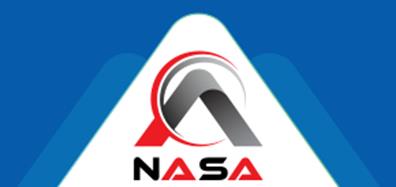



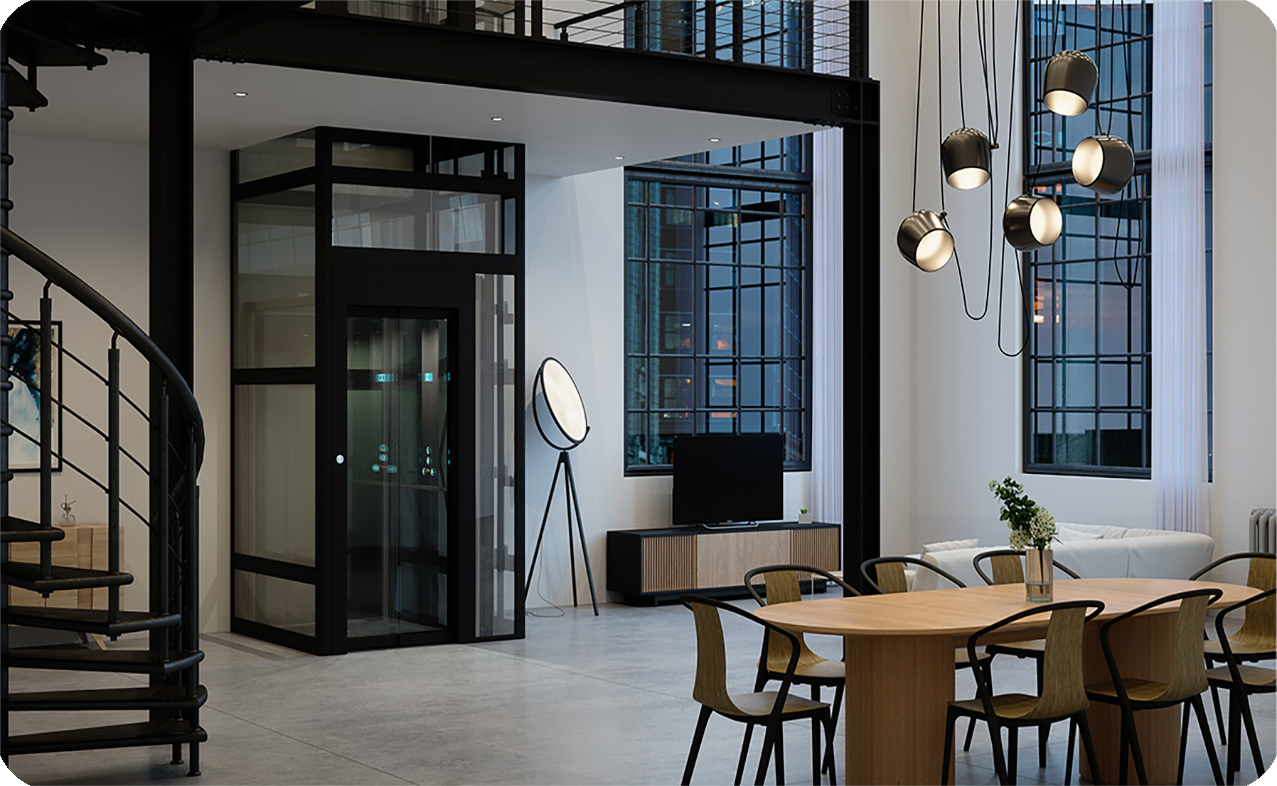
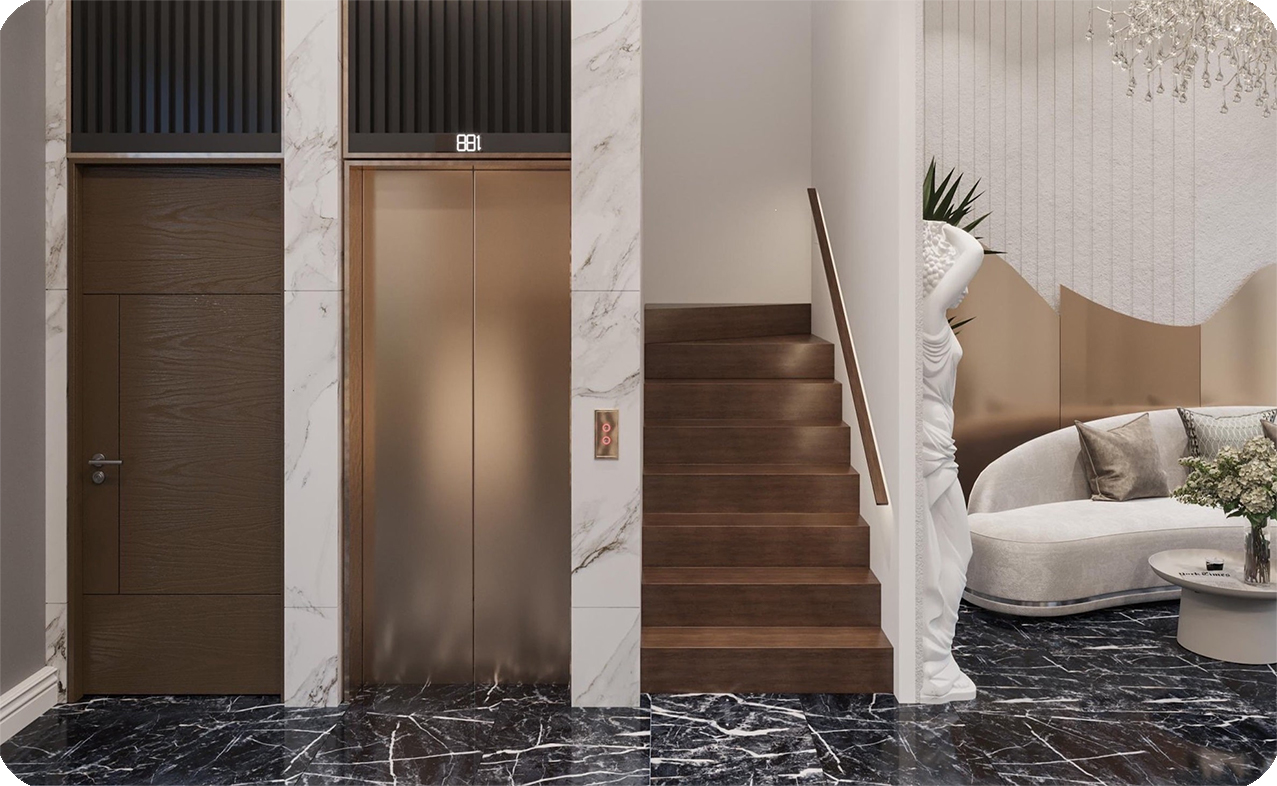
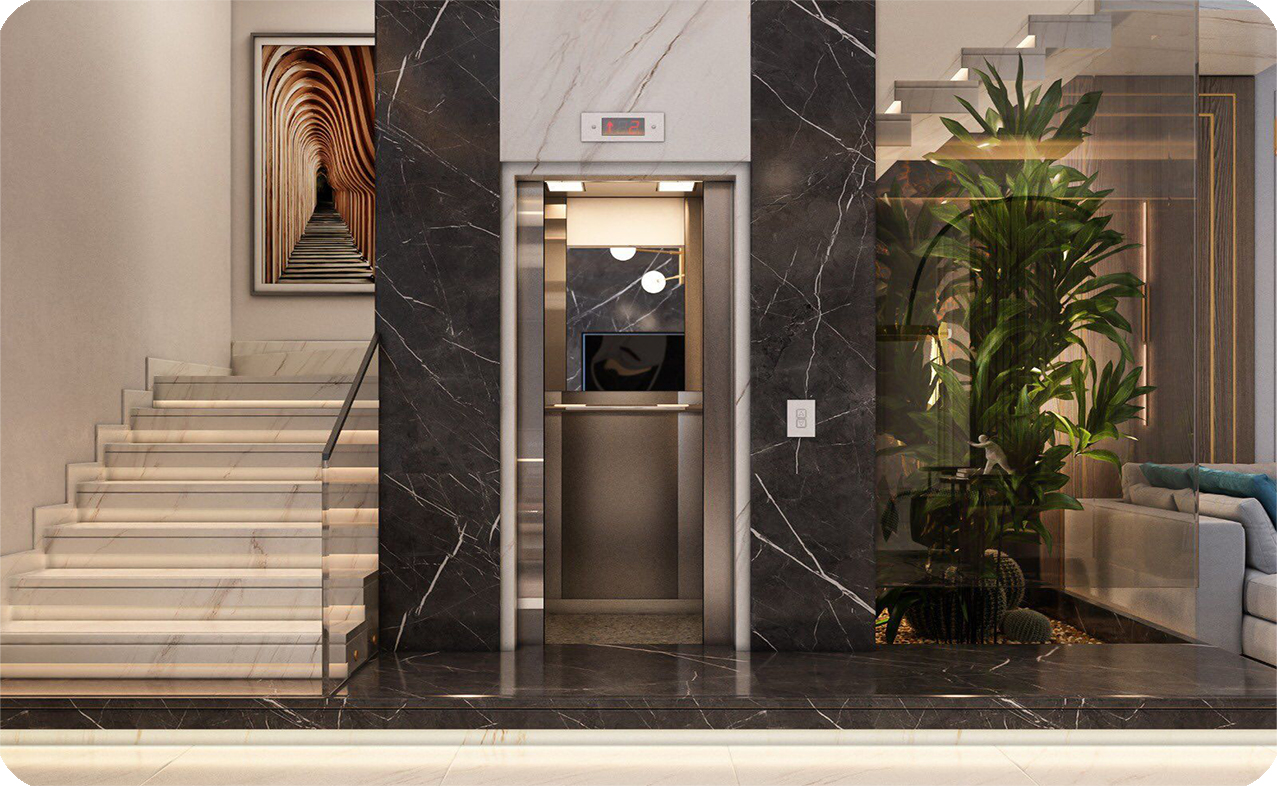
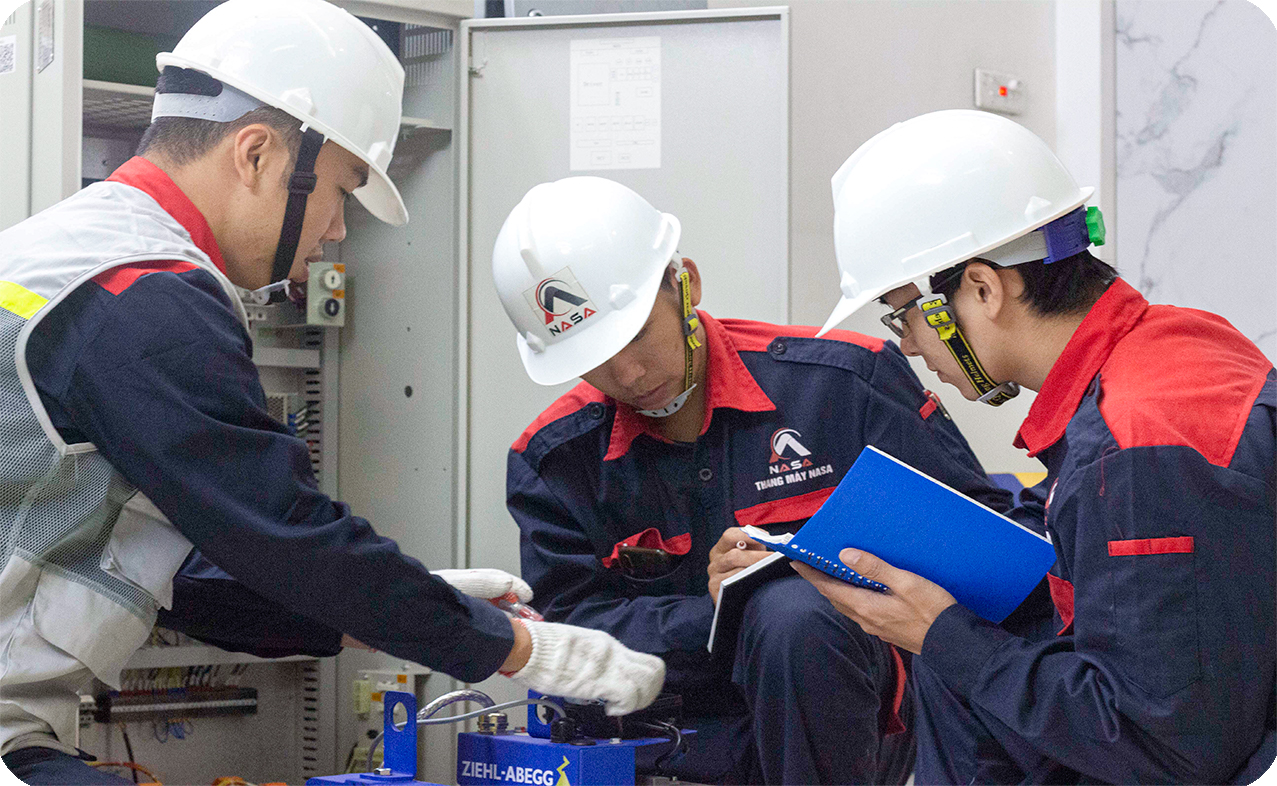
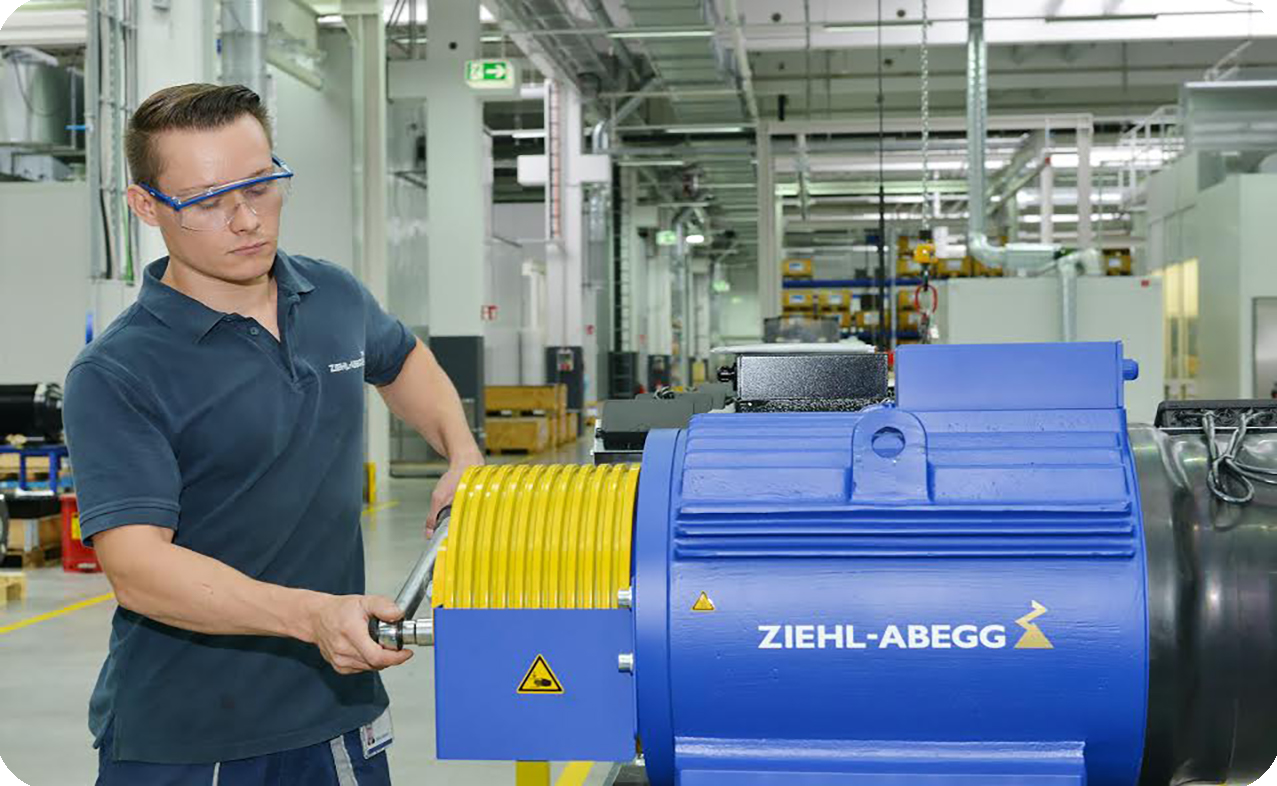
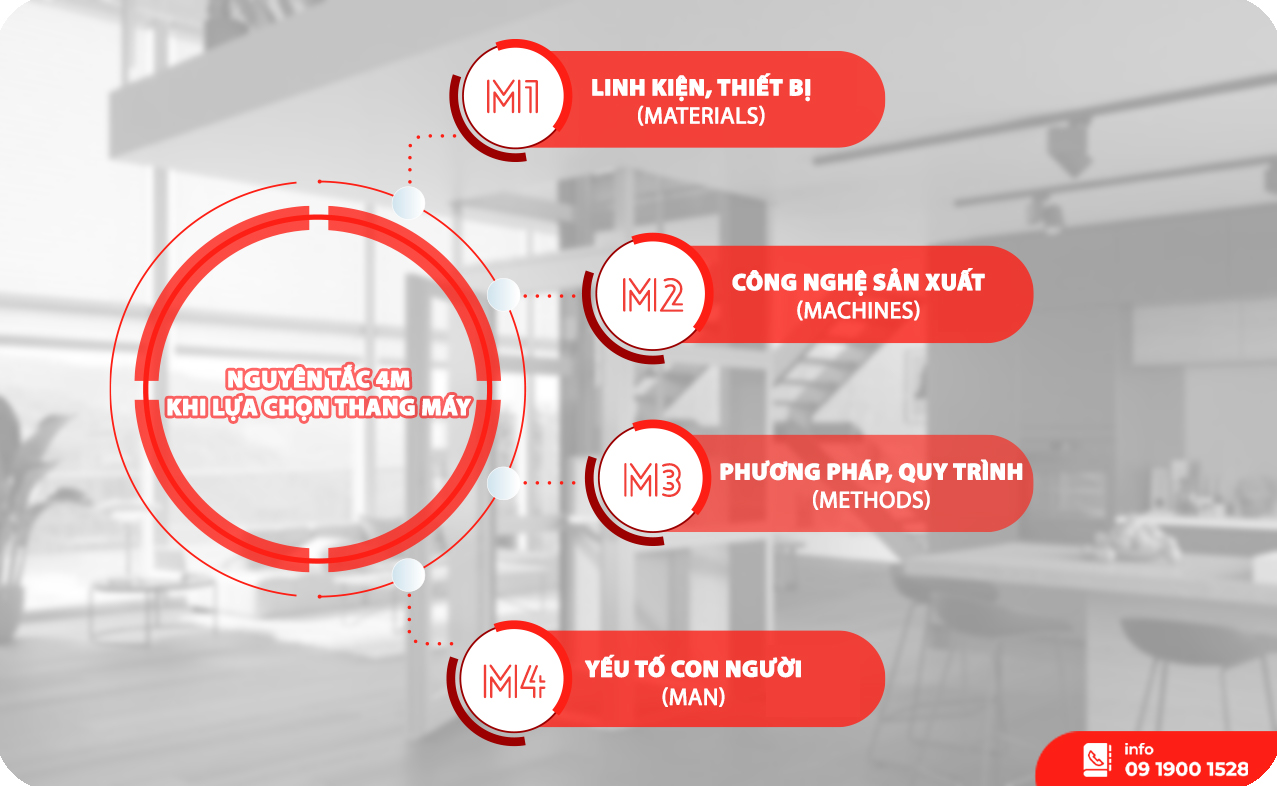
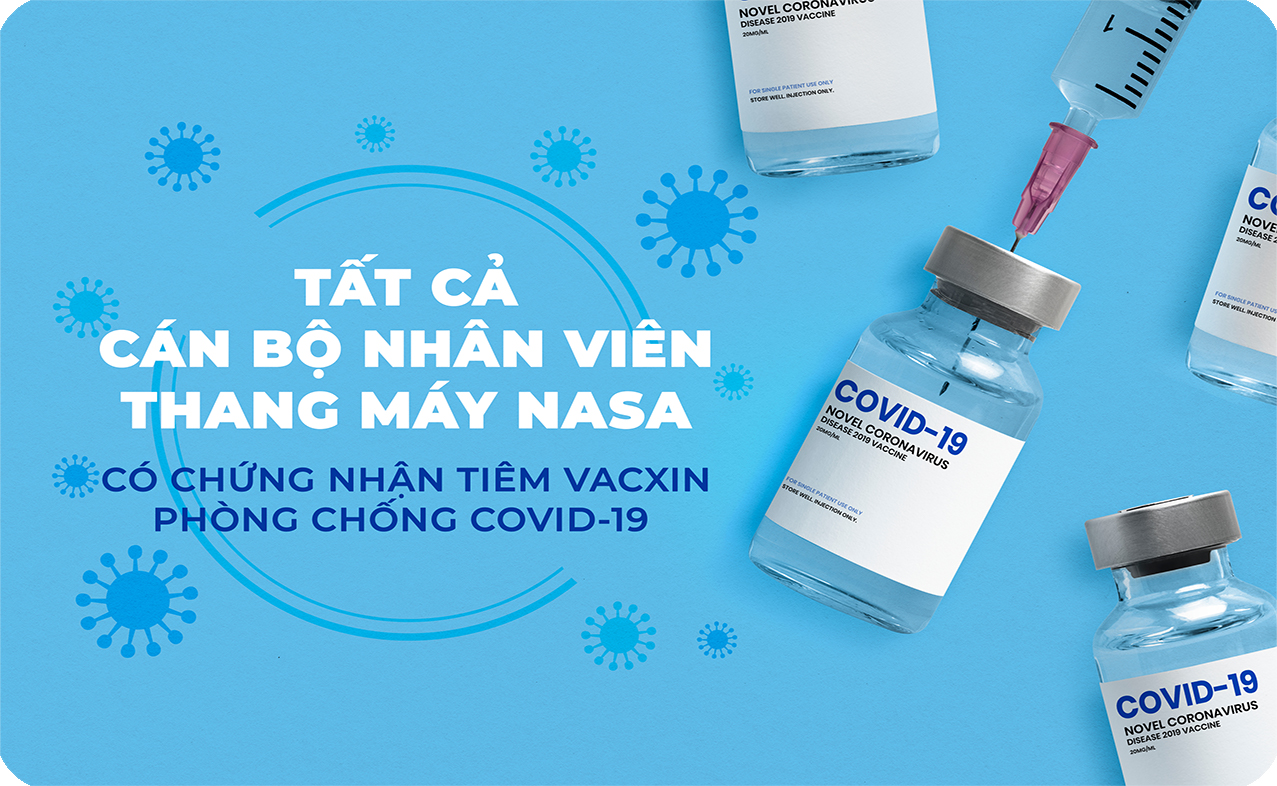

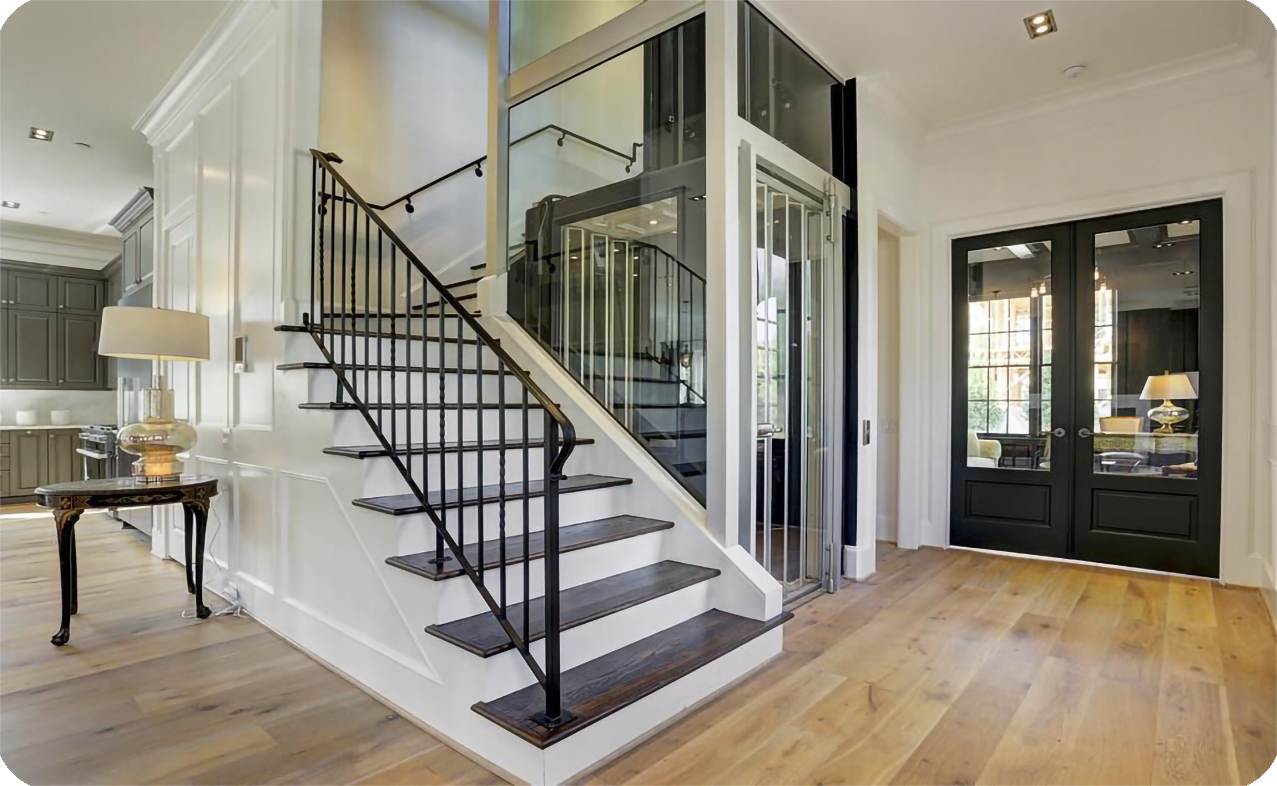
Bình luận